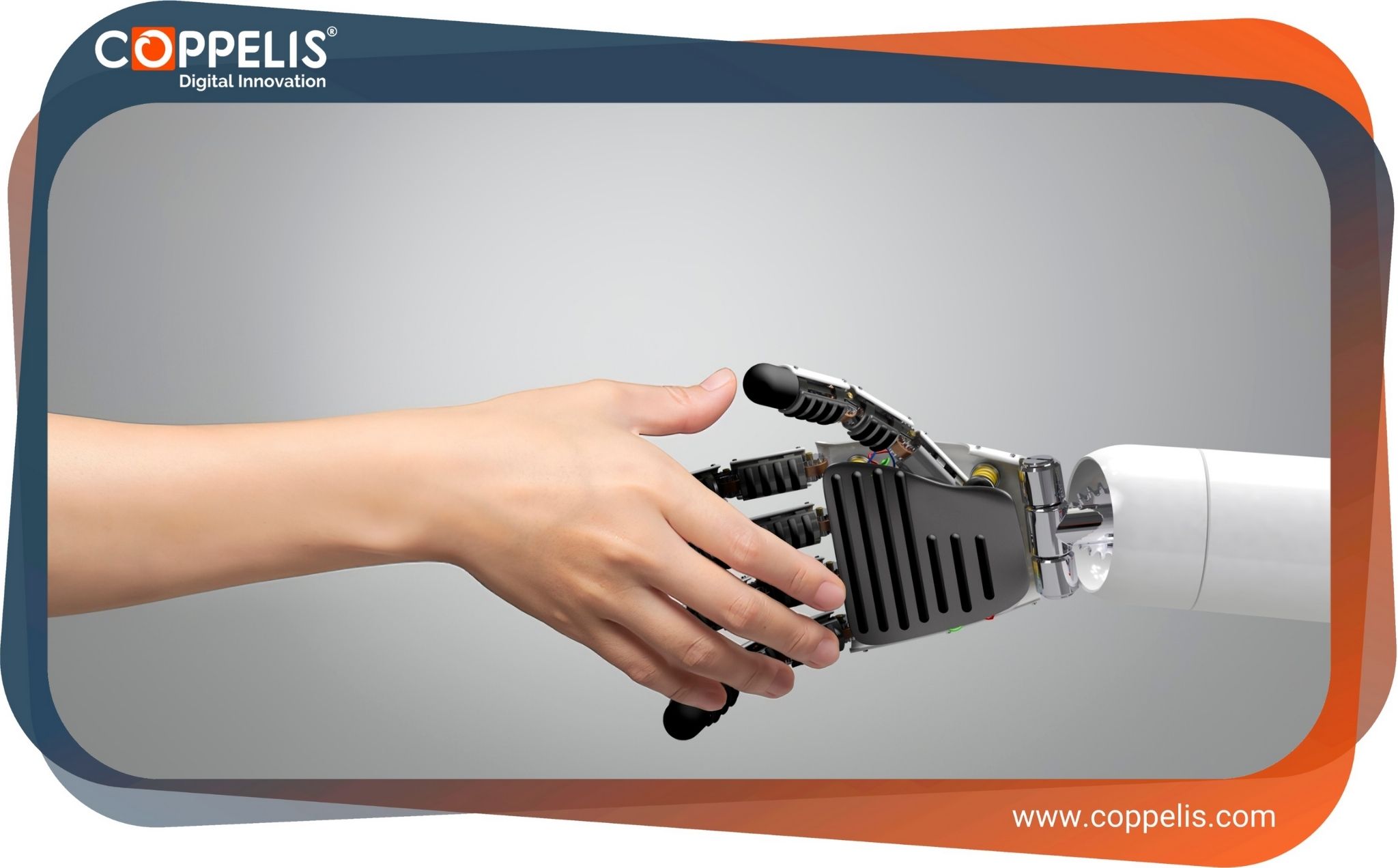Artificial Intelligence (AI) is no longer a futuristic buzzword—it’s a practical, transformative force reshaping how industries design, build, and maintain infrastructure.
From predictive risk analysis to sustainable design choices, AI empowers companies to move beyond traditional management and into the true orchestration of value and resilience.
This shift is not just about efficiency; it is about creating a long-term competitive advantage and safeguarding our planet.
Predictive Risk Analysis: Anticipating Challenges Before They Happen
The foundation of AI’s contribution to the industrial world lies in its capacity for predictive analytics.
By processing massive datasets—ranging from weather forecasts to material performance metrics—AI models can identify potential risks before they escalate.
- Early detection of structural issues: Machine learning algorithms analyze sensor data to pinpoint weaknesses in construction materials or design flaws long before they become costly failures.
- Supply chain resilience: Predictive AI tools anticipate disruptions—such as material shortages or geopolitical shifts—allowing project managers to adapt sourcing strategies.
- Cost control and safety: Accurate risk forecasting reduces accidents and prevents budget overruns, ensuring that both human lives and financial resources are protected.
This proactive approach transforms risk management from a reactive process into a strategic advantage.
From Analysis to Action: Enabling Sustainable Design Choices
While risk prediction is crucial, AI’s influence extends deeper—directly into design and engineering decisions that promote sustainability.
Generative Design
AI-powered generative design tools enable architects and engineers to input project constraints (budget, material type, carbon footprint goals) and instantly explore thousands of design variations.
The result? Structures optimized for strength, efficiency, and environmental impact.
Life-Cycle Assessment
AI can calculate a building’s full life-cycle emissions—from raw material extraction to demolition—offering insights that guide eco-friendly material selection and energy-efficient layouts.
Renewable Energy Integration
Smart algorithms evaluate the feasibility of solar panels, wind turbines, and other renewable energy systems, aligning each project with regional climate conditions and energy demands.
By turning complex sustainability goals into actionable design blueprints, AI allows the industry to build not just for today but for decades ahead.
Orchestrating Value and Resilience: Beyond Traditional Management
Traditional project management often focuses on controlling schedules and budgets.
AI, however, elevates this to the orchestration of value and resilience, ensuring that every decision contributes to long-term benefits.
- Holistic Project Ecosystems: AI platforms integrate data from stakeholders—engineers, suppliers, regulators—to streamline communication and align objectives.
- Dynamic Adaptation: When unexpected challenges arise, AI-driven systems reallocate resources and adjust plans in real time, maintaining productivity and minimizing downtime.
- Continuous Learning: Each project feeds valuable data back into AI models, improving predictions and strategies for future developments.
This holistic orchestration transforms isolated projects into living systems that grow more intelligent and resilient with each iteration.
Industry Applications: Real-World Success Stories
1. Smart Cities Development
Municipalities use AI to design low-emission transportation systems, forecast infrastructure needs, and manage utilities efficiently. Predictive analytics guide investments in green energy and water conservation, reducing environmental impact.
2. Commercial Construction
Developers deploy AI to reduce material waste by 20–30%, optimize workforce scheduling, and meet aggressive sustainability certifications such as LEED and BREEAM.
3. Energy and Utilities
Energy companies use AI to orchestrate microgrids and renewable sources, ensuring stable supply while minimizing carbon footprints.
These examples illustrate how AI isn’t merely a supporting tool but a central player in reshaping industrial landscapes.
Challenges to Overcome
While AI offers transformative potential, organizations must address several key challenges:
- Data Quality and Integration: AI’s accuracy depends on clean, well-structured data from diverse sources.
- Workforce Training: Teams must be upskilled to understand AI outputs and implement insights effectively.
- Ethical Considerations: Transparent algorithms and responsible data usage are essential to maintain trust and regulatory compliance.
Forward-thinking companies invest in robust data governance and employee education to ensure these challenges become steppingstones, not barriers.
The Road Ahead: AI as a Catalyst for Sustainable Prosperity
As climate pressures intensify and infrastructure demands grow, AI’s role in bridging resilience and sustainability will only expand.
Emerging trends like digital twins, real-time carbon tracking, and autonomous construction robotics promise to further enhance efficiency and environmental stewardship.
The vision is clear: AI will guide industries toward circular economies, where resources are reused, waste is minimized, and human well-being is prioritized.
From predictive risk analysis to sustainable design, AI empowers industries to move beyond management and into the true orchestration of value and resilience.
Companies embracing AI-driven strategies will not only reduce costs and environmental impact but also build structures—and reputations—that stand the test of time.
The future of construction, engineering, and infrastructure isn’t just smart—it’s sustainably intelligent.


